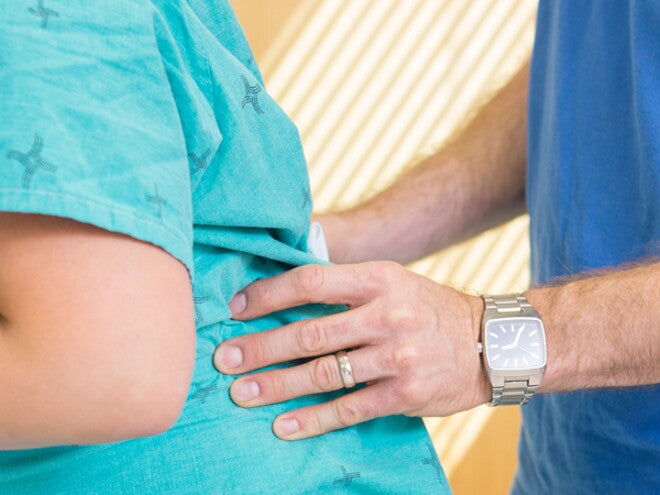
Labour
As labour starts, a mother’s mood changes and she becomes less aware of what is happening outside her body, and more aware of what is happening inside her body.
Labour is the process by which the baby, placenta, amniotic sac and fluid are expelled. It is unique and varies from woman to woman, or from one labour to the next for the same woman. In true labour, the uterus contracts causing the muscle fibres to shorten and thicken. This causes the cervix, or opening of the uterus, to thin out and dilate.
- Dilation refers to the opening of the cervix. The cervix is fully dilated at 10 cm.
- Effacement is the thinning out and shortening of the cervix and is measured from 0% (long and thick) to 100% (completely thinned out), or the length of the cervix may be described in centimetres.
- The station is a term used to describe the position of the baby’s head in relation to the pelvis. The progress of labour is also monitored by the descent of the head.
The doctor or midwife measures these factors with an internal vaginal examination to monitor the progress of labour.
Labour is divided into four stages
- First stage from the onset to complete effacement and dilation of the cervix.
- Second stage begins with complete dilation and ends with the birth of the baby.
- Third stage is the delivery of the placenta.
- Fourth stage is the first hour after birth or recovery period.

Related articles


Nutrition during pregnancy
By taking responsibility for your body, you can maximise your level of wellbeing and enjoy good health.
Good nutrition is of the utmost importance during your pregnancy
5 mins to read
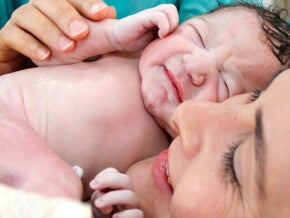
The third stage of labour
This stage lasts from the birth of the baby until the placenta is delivered, usually from 5–20 minutes.
5 mins to read

Personal considerations
You may need to consider some personal issues before you become pregnant.
1 min to read

Checklist - maternity ward suitcase
*Check whether the maternity ward has a list of the items you will need.
Items for hospital stay
5 mins to read

Medication for pain relief
In a normal, uncomplicated labour and delivery, the use of medication is not always necessary. Your own resources are often enough.
5 mins to read
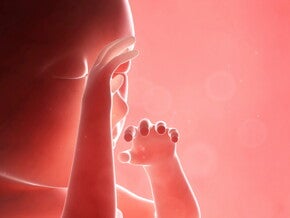


Signs of labour
The following signs of labour may occur in any order.
1. Progressive contractions
5 mins to read


Unexpected outcomes
All parents worry about the possibility of complications such as prematurity, abnormality, stillbirth and neonatal death.
5 mins to read

Tips to budget for baby
There are many factors to consider before dedicating yourself to raising and budgeting a child for the next 18 years or more.
5 mins to read

First visit
A detailed medical history, of you and your partner, will be recorded at your first prenatal visit.
2 mins to read


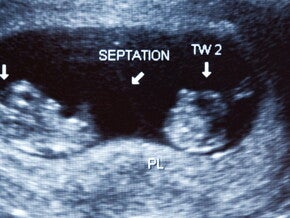
Multiple births
Regular prenatal care is most important if you are carrying more than one baby, as the risk to you and your babies is higher.
1 min to read
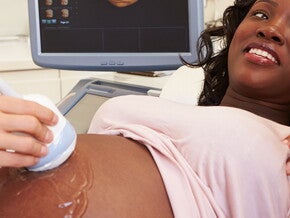
Prenatal Care
Discuss questions or concerns you or your partner may have with your caregiver at any stage of your pregnancy.
5 mins to read

The First Month of Pregnancy
Your pregnancy: weeks 1-4 – the start of your first trimester. The first signs of pregnancy may be very visible… or not at all.
2 mins to read

Subsequent prenatal visits
Your health, and the growth and development of your baby, must be closely monitored.
1 min to read